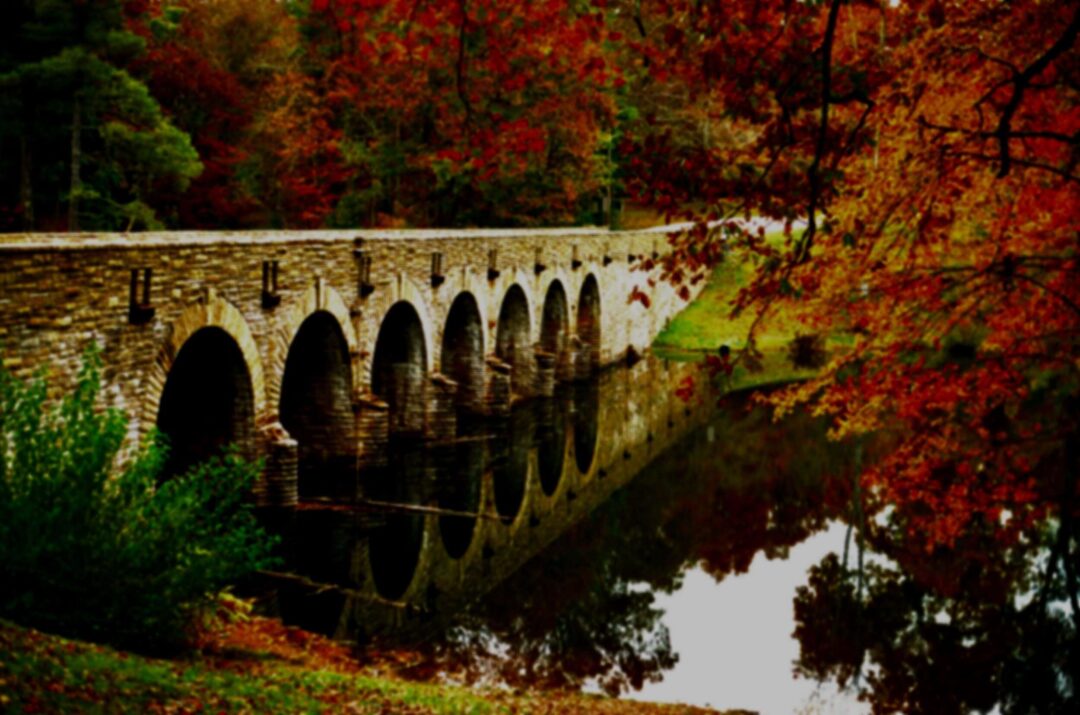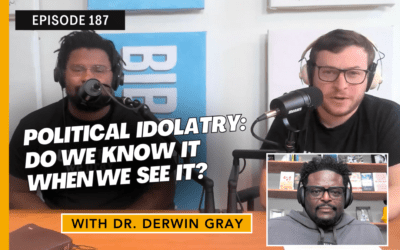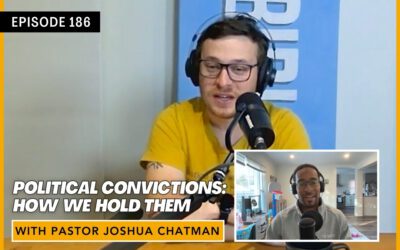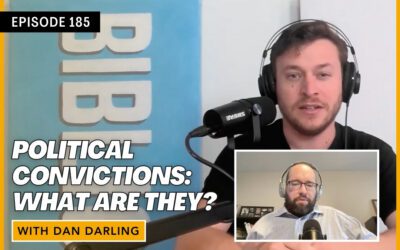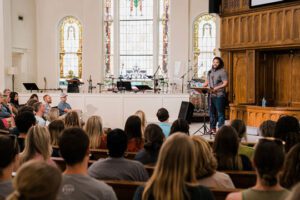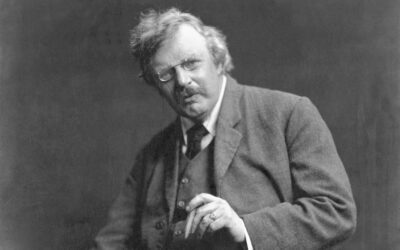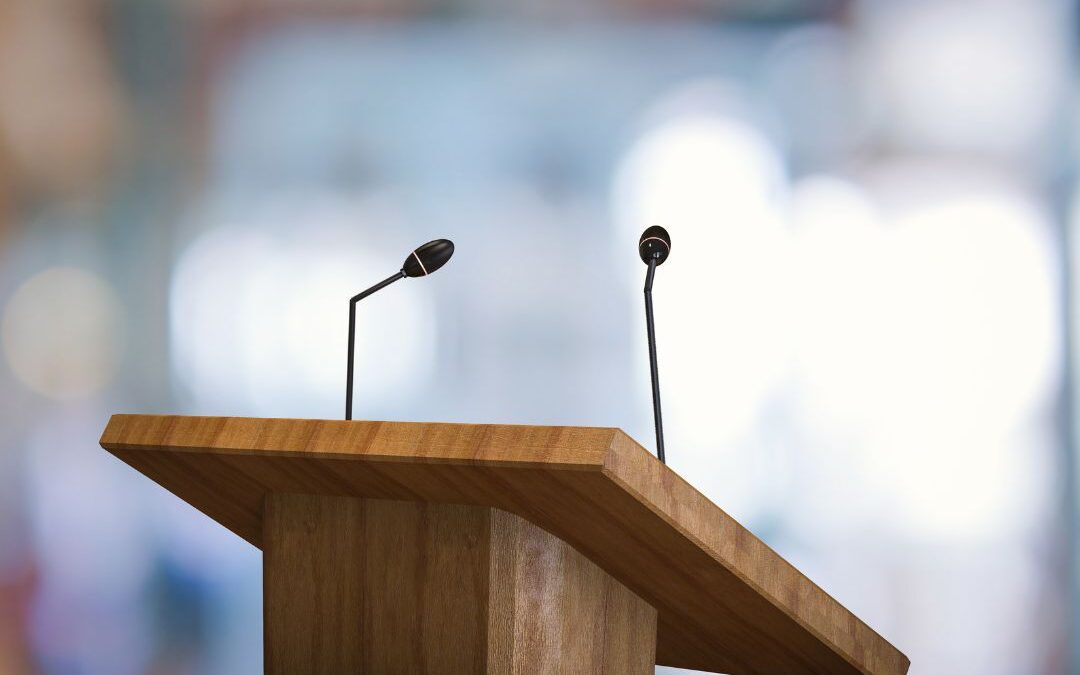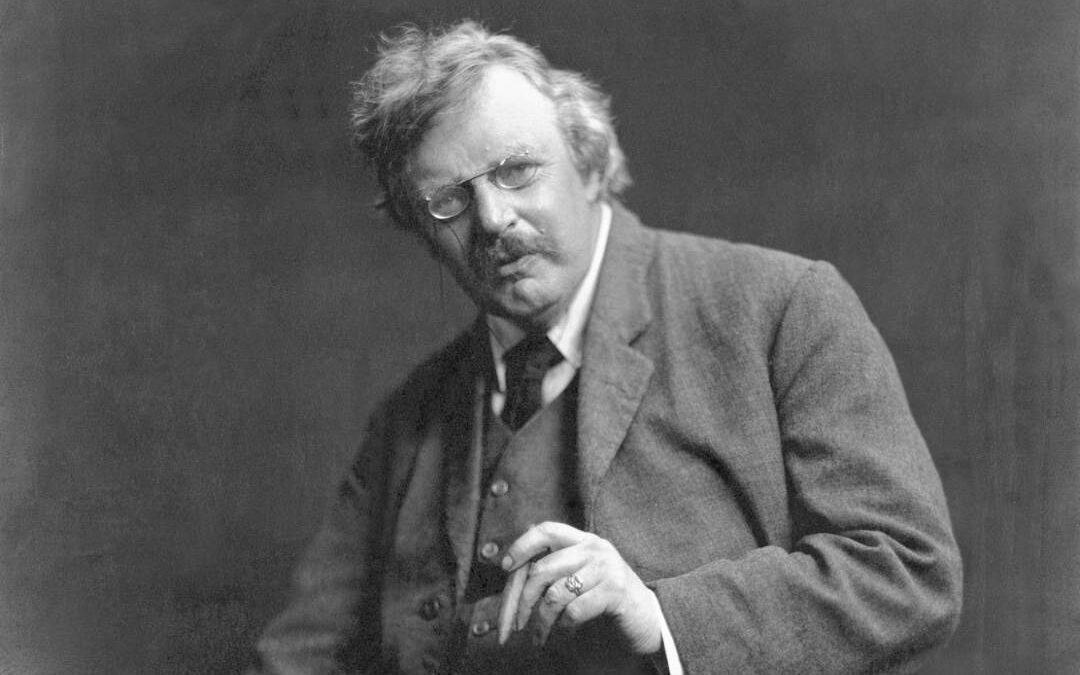Racial Violence? On April 24, 1892, brothers Henry and Ephraim Grizzard were accused of assaulting two white women in Goodlettsville, a small town fifteen miles north of Nashville. Such accusations were common in the post-Reconstruction South, where the preservation of “racial purity” among whites extended to the most innocent of interracial contacts. Investigative reporter Ida B. Wells, writing about the incident in her book “Southern Horrors,” concluded that the “assault” of which the Grizzards were accused was likely a casual encounter. Ephraim, she wrote, had “dared to visit a white woman.”
Whether or not the charges had merit was of little concern to the Grizzards’ accusers. Soon a mob made up of what the newspapers called the town’s “very best citizens” had put a rope around Henry’s neck and hung him from a tree near Mansker Creek. His brother Ephraim was transported to the jail in downtown Nashville. But the lynch mob, which had swelled by some accounts to more than 6,000 people, had no intention to wait for a trial. On April 30, following a prolonged siege in defiance of the governor, they broke into the prison, firing on guards and onlookers alike, and abducted Ephraim.
Fifteen minutes later, his naked body riddled with stab wounds and bullet holes, Ephraim was hanging over the Cumberland River from the Woodland Street Bridge. The body was left on display for hours. Afterwards, it was transported back to Goodlettsville, where it was burned in the part of town where freed slaves had settled after emancipation. “The mob,” the Atlanta-Journal Constitution reported, approvingly, “has warned about fifty negroes in the community to make themselves scarce, and they are moving out.”
These atrocities occurred more than a century ago, but they are new to me. I learned about them from reading the Equal Justice Initiative’s landmark “Lynchings in America” report, which was published in 2017 in conjunction with the opening of the National Memorial for Peace and Justice, in Montgomery, Alabama. The report documents more than 4,400 lynchings across the American South between 1877 to 1950, a period of unconscionable racial violence in which thousands and thousands of white Americans terrorized and murdered black Americans with impunity. A subsequent report, released earlier this year, documented an additional 2,000 lynchings in the years following the Civil War.
In the 2017 report, EJI director Bryan Stevenson, whose efforts to overturn wrongful convictions were dramatized in the recent film “Just Mercy,” writes about the effect of unprosecuted racial terror on communities of color. “The United States government,” Stevenson writes, “compounded the psychological harm experienced by African Americans by permitting the torture and murder of black citizens. Federal and state officials’ inaction communicated that no democratic institution valued black citizens’ lives enough to protect them against terrorism by local officials and private citizens alike.”
Over the years, I have read books about African American history, read and taught African American novelists, essayists, and poets, sought out the wisdom of African American pastors, had long and difficult conversations with dear African American friends. I have felt outrage and despair at the deaths of African American men and women at the hands of police officers and white supremacists. But it was reading about the Grizzard brothers and imagining the horror of their experience that made racial violence a visceral reality to me.
See, I grew up in Goodlettsville. I hit fly balls on the dirt fields in the Mansker Creek bottoms. I have driven over the Woodland Street Bridge countless times, and yet I knew nothing of this history, nothing of the crowds, ropes, bodies, and flames. This awful revelation is only the latest in a litany that has made me realize, well into my fourth decade, that I know very little about the country in which I was raised. It is becoming clear to me that the horrors that for the longest time were on the outer periphery of my perception of reality in America are central to it, are, in fact, close to the bone.
I remember, for instance, finding in a desk drawer in an office where I worked one summer a knife with the letters “KKK” emblazoned on the blade. At the time, I could not square the object with what I knew about the people I was working for. They were good, weren’t they? Law-abiding, kind. They didn’t seem like racists. I was a teenager when this happened, and I dismissed the incident as an aberration, a move that enabled me, in retrospect, to preserve a certain idea of my hometown and of my elders, many of whom I admired and wanted to be like.
But even then I knew, if I’m being honest, that I was in the presence of evil. And now when I think about that knife, the fact that it was there, the fact that whoever had bought it or found it or accepted it as a gift and in any case hadn’t gotten rid of it and, therefore, had left open the possibility of a kid like me happening upon it—well, even as I write this, I’m shaking my head and gritting my teeth. Good people don’t have KKK knives.
I am not suggesting that merely reading about racism and resurrecting uncomfortable memories has the power to cure it. I’m not saying that writing pieces like this one can exorcise the demon. What I am saying is that until we acknowledge that racism is not ancillary but fundamental to the American experience, until we acknowledge that racist violence hasn’t just occurred elsewhere and in another time but has happened here and is still happening in the very spaces we occupy, until we see the parallels between the ropes around the necks of the Grizzard brothers and the knees on the necks of the George Floyds we will not lament, denounce, and root out the racism around us, and inside of us, with the honesty, urgency, and intensity it demands.
Knowledge, humility, an overwhelming sense of need, a deep conviction of sin, a preoccupation with the bones and not just the surface of things—this is the way of salvation. Last summer, EJI and We Remember Nashville, a local group of advocates for racial reconciliation, erected a sign near the site of Ephraim Grizzard’s murder. There should be one by the creek in Goodlettsville, too. Every kid who plays ball in the park should know what happened there. The absence of it is blinding, a living monument to prideful ambivalence, an impediment to true reconciliation, an outrage every bit as jarring, as damning, as the knife in the drawer.
Prayer Requests:
- Ask God to continue to reveal the ugly history of sin and racism in our land.
- Ask God to reveal every area where racism persists.
- Ask God to make His people faithful to turn from sin and walk in Christian love and unity.

